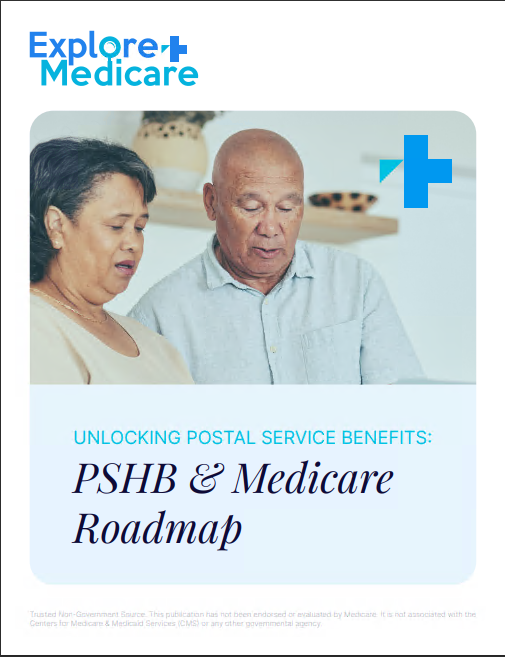Key Takeaways
-
Medicare Part C, also known as Medicare Advantage, can provide additional benefits beyond Original Medicare, but misunderstandings about costs and coverage can lead to unexpected expenses.
-
Reviewing plan details carefully and understanding how costs work can help you avoid unnecessary out-of-pocket expenses or gaps in coverage.
1. Assuming Medicare Part C Is the Same as Original Medicare
One of the most common misunderstandings is thinking that Medicare Part C is just another version of Original Medicare. While Medicare Advantage plans must cover everything that Medicare Part A (hospital insurance) and Part B (medical insurance) do, they often come with different costs, network restrictions, and additional benefits.
-
Medicare Advantage plans are provided by private insurers that contract with Medicare.
-
You typically need to follow the plan’s network rules for covered services.
-
Unlike Original Medicare, most Medicare Advantage plans include prescription drug coverage, but not all do.
2. Not Understanding the Out-of-Pocket Costs
Medicare Advantage plans are often marketed as having lower monthly premiums, but that doesn’t mean they’re always the most affordable option in the long run. You still have to consider copayments, coinsurance, and deductibles.
-
Plans have a maximum out-of-pocket limit for covered services, which can be high.
-
Costs can vary based on whether you see in-network or out-of-network providers.
-
Some services that are free under Original Medicare may have associated costs under Part C.
3. Thinking You Can Enroll or Switch Anytime
Unlike Original Medicare, which allows you to enroll as soon as you turn 65, Medicare Advantage has specific enrollment periods. If you miss these, you may have to wait until the next open enrollment period to make changes.
-
Initial Enrollment Period (IEP): The 7-month window around your 65th birthday.
-
Medicare Advantage Open Enrollment Period: January 1 to March 31 each year, for those who already have a Medicare Advantage plan and want to switch or return to Original Medicare.
-
Annual Enrollment Period (AEP): October 15 to December 7, when you can join, switch, or drop a Medicare Advantage plan.
4. Overlooking the Network Restrictions
Medicare Advantage plans often use provider networks, meaning your choice of doctors, hospitals, and specialists is limited compared to Original Medicare.
-
Health Maintenance Organization (HMO) plans require you to use in-network providers and may need referrals for specialists.
-
Preferred Provider Organization (PPO) plans allow out-of-network visits but at a higher cost.
-
If your preferred doctor or hospital is not in the plan’s network, you may have to pay more or switch providers.
5. Believing That Coverage Is the Same Everywhere
Unlike Original Medicare, which provides coverage nationwide, Medicare Advantage plans have specific service areas.
-
Coverage is usually limited to a regional network of doctors and hospitals.
-
If you move to a different state, you may need to switch plans.
-
Traveling outside your coverage area could mean paying more or losing access to non-emergency care.
6. Assuming Prescription Drug Coverage Is Included
While most Medicare Advantage plans include prescription drug coverage (Medicare Part D), not all of them do.
-
Some plans require you to enroll in a separate Part D plan, which is not allowed under Medicare rules.
-
Formularies (lists of covered drugs) can change each year, affecting your medication costs.
-
If your plan doesn’t include drug coverage and you don’t enroll in Part D when first eligible, you may face a late enrollment penalty.
7. Ignoring Plan Changes Each Year
Even if you’re happy with your Medicare Advantage plan this year, it could change next year. Every fall, your plan will send an Annual Notice of Change (ANOC) detailing any modifications to costs, benefits, or provider networks for the upcoming year.
-
Premiums, deductibles, and copayments may increase.
-
Coverage for certain medications or services may be reduced.
-
Doctors or hospitals may leave the network, affecting where you can receive care.
Make Sure You’re Choosing the Right Coverage for Your Needs
Medicare Part C can be a great option for some, but it’s important to fully understand the costs, coverage limits, and enrollment rules. If you’re unsure about your options, getting in touch with a licensed agent listed on this website can help you find a plan that fits your healthcare and financial needs.









